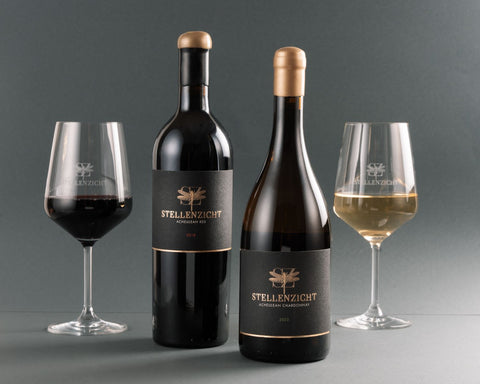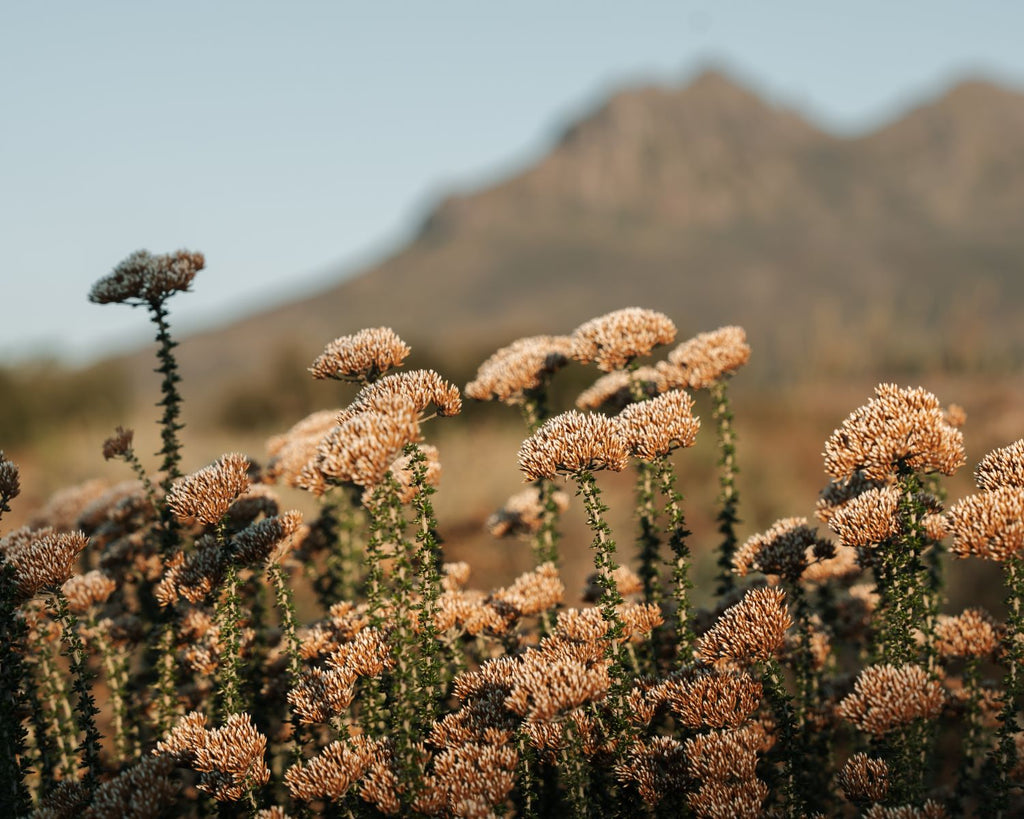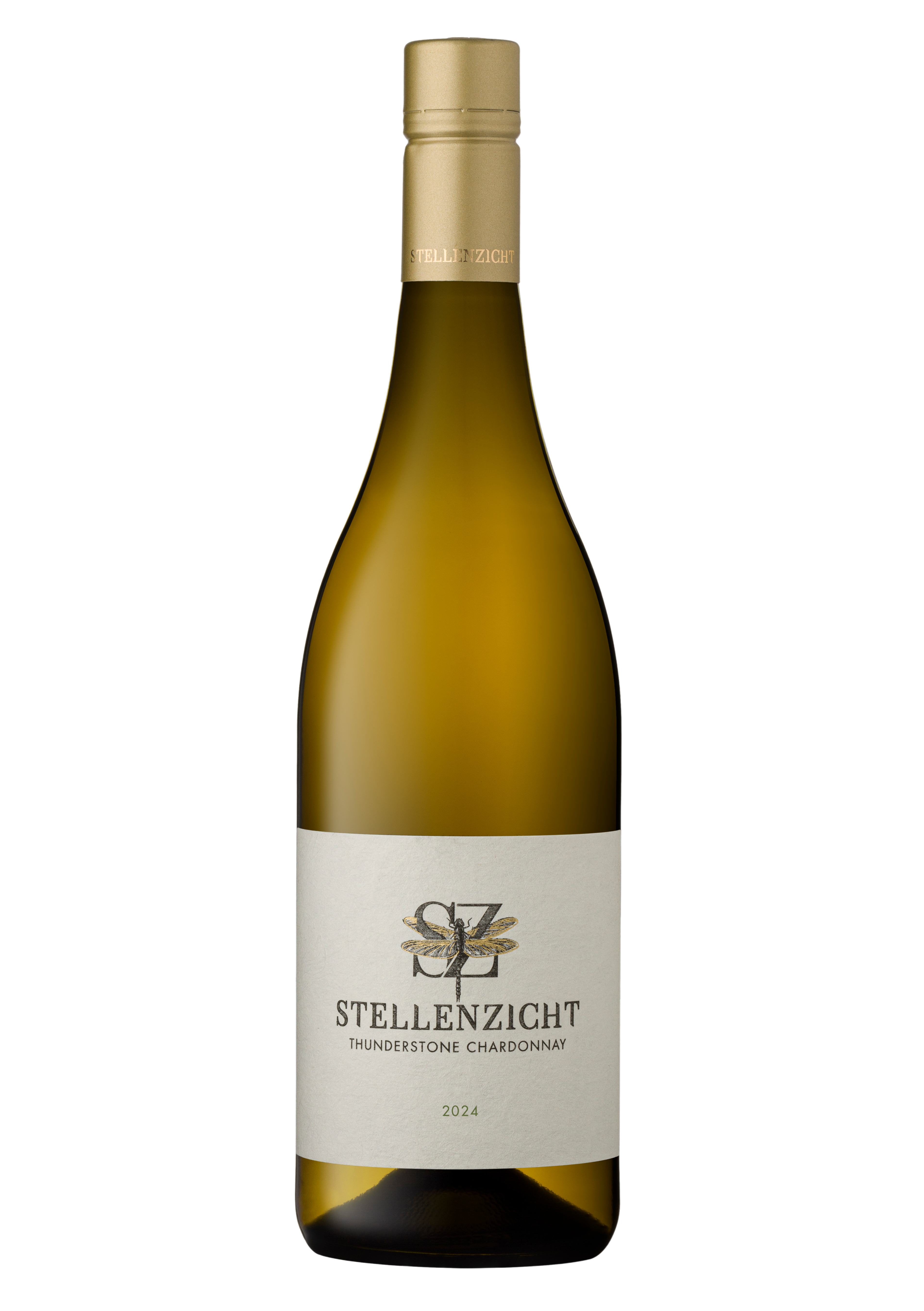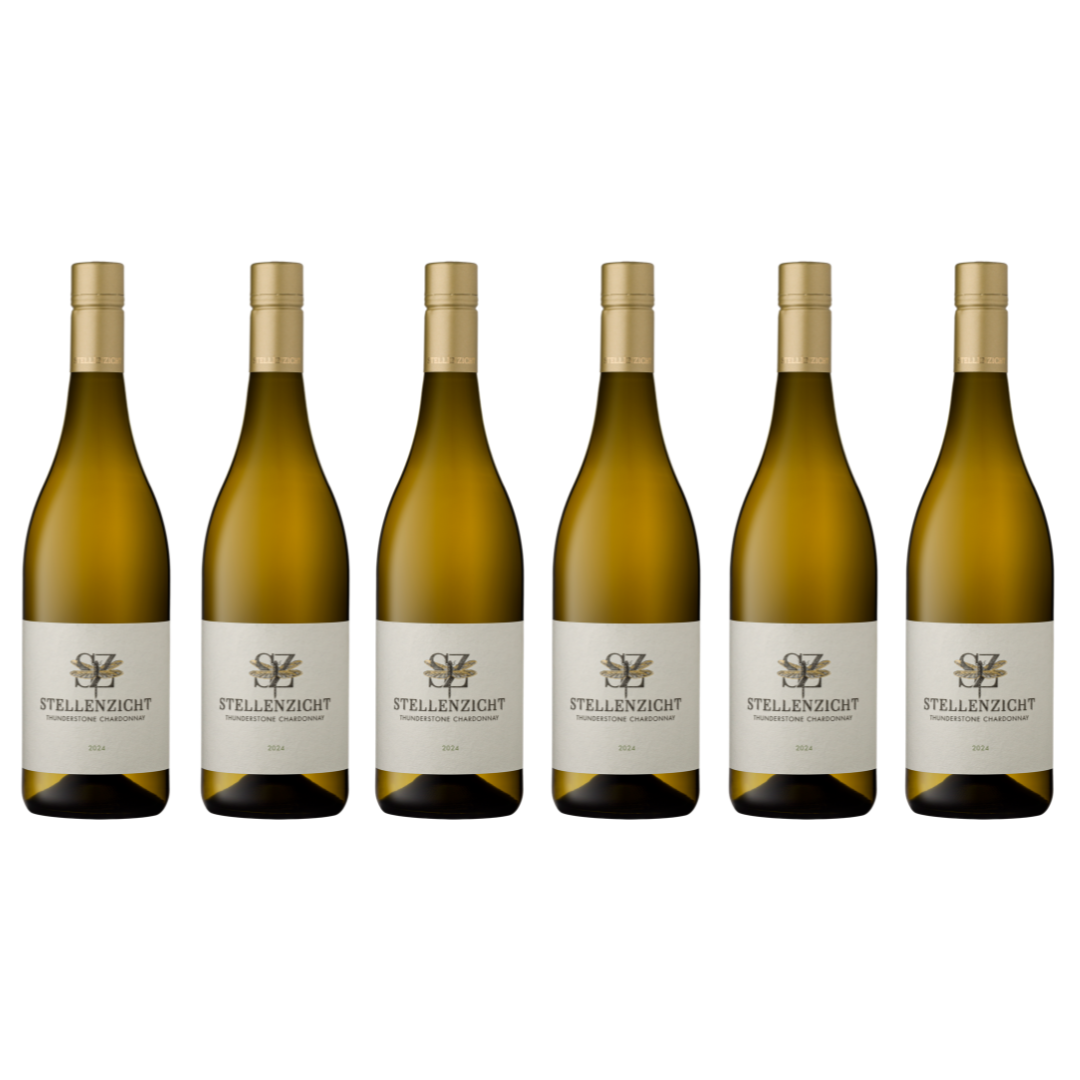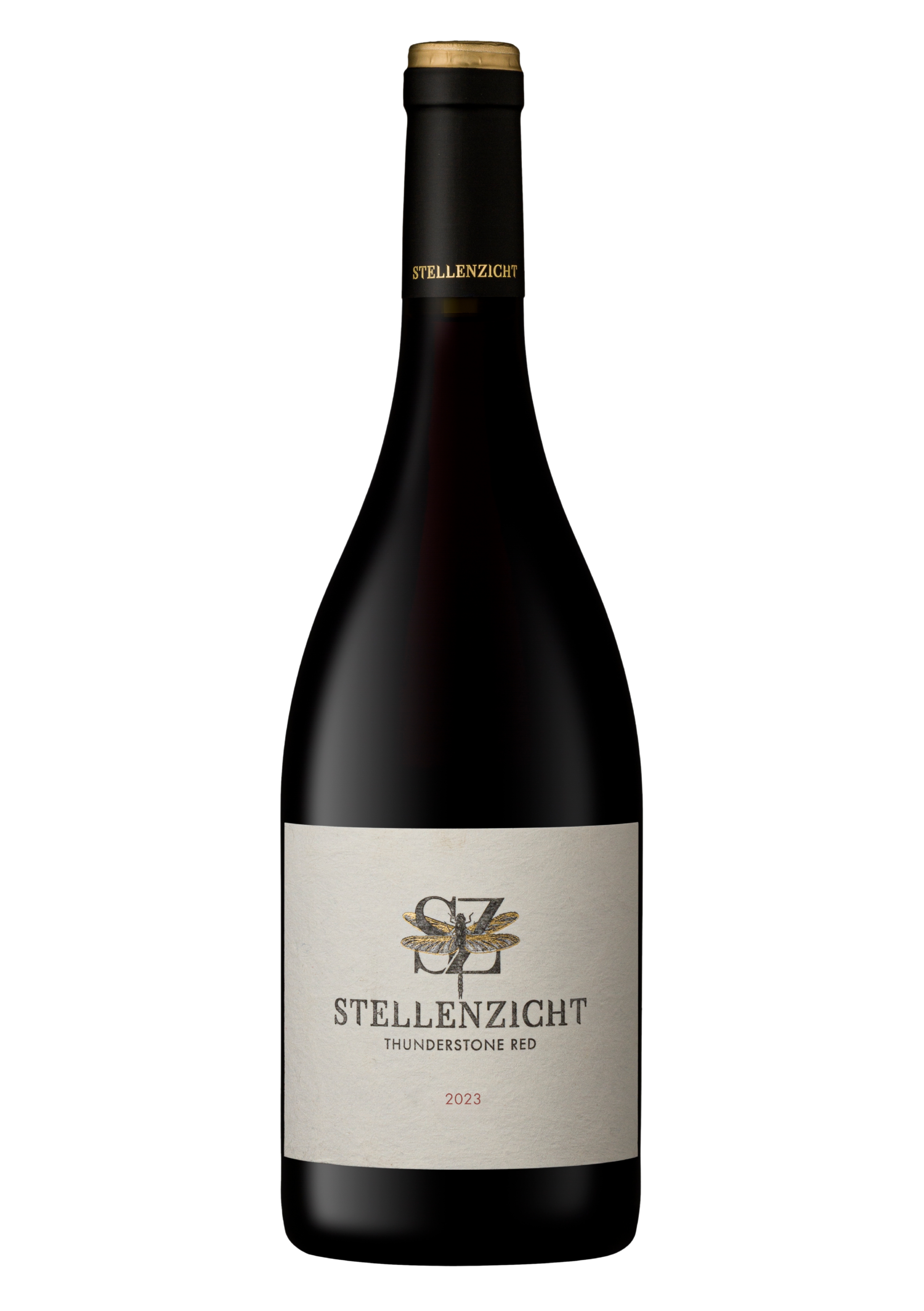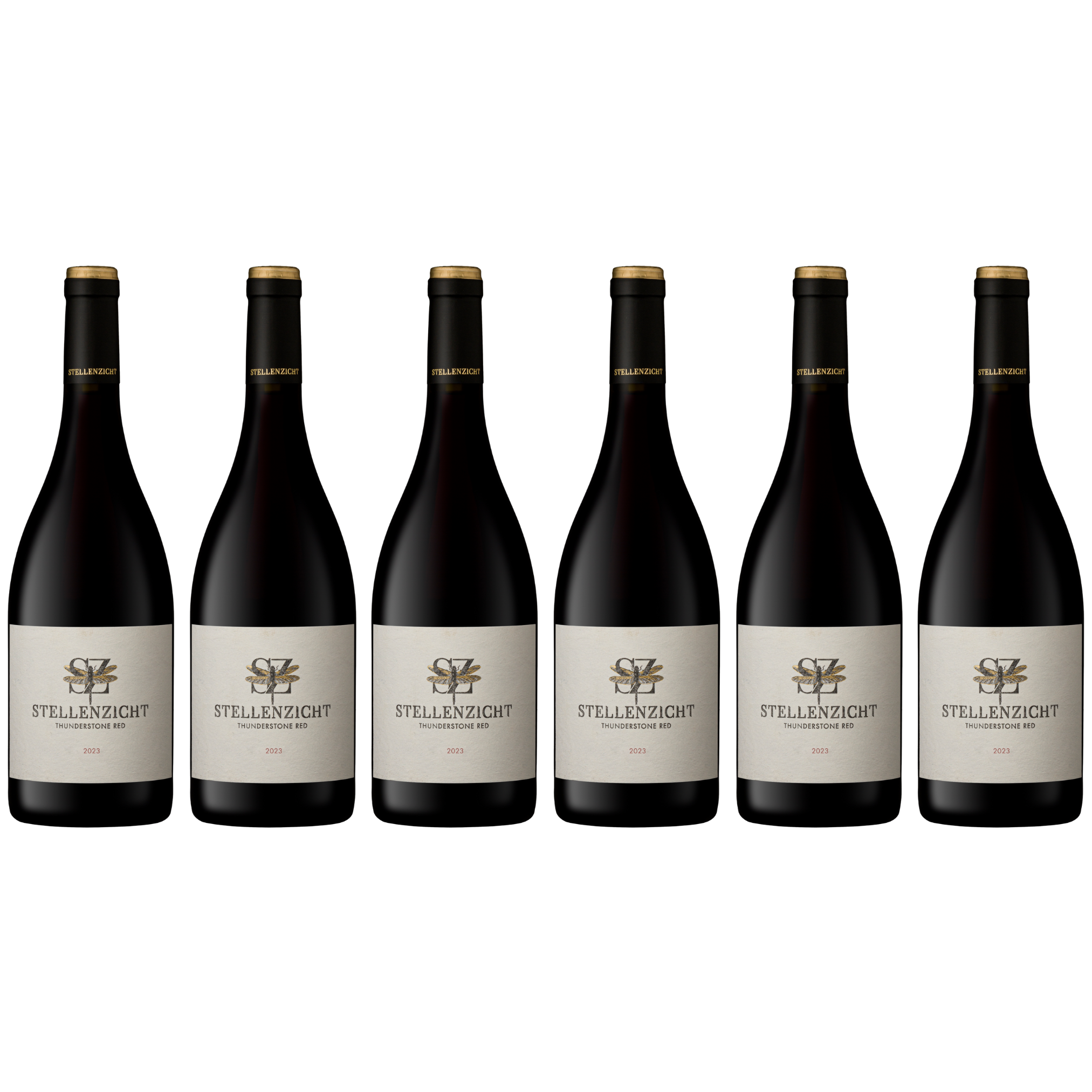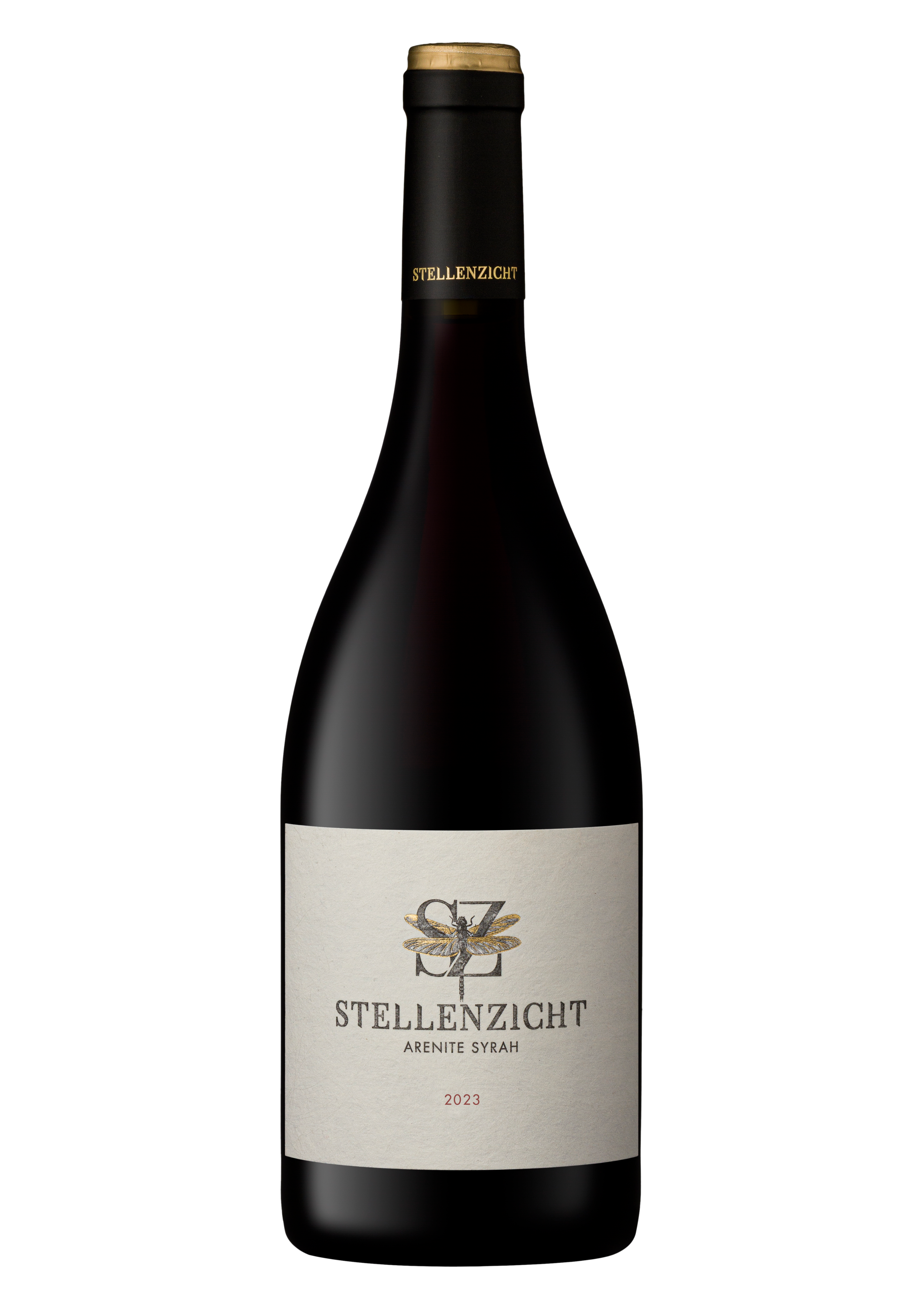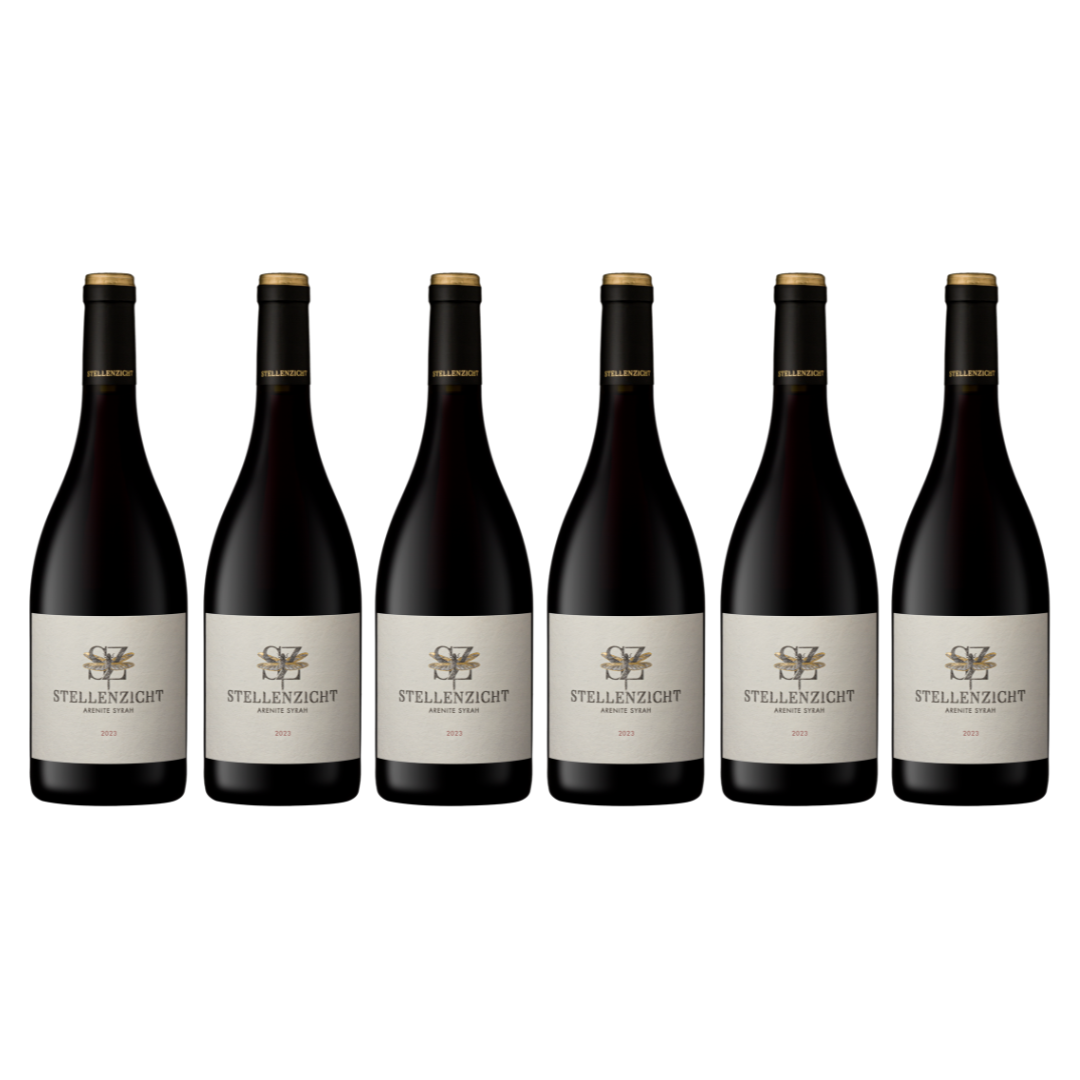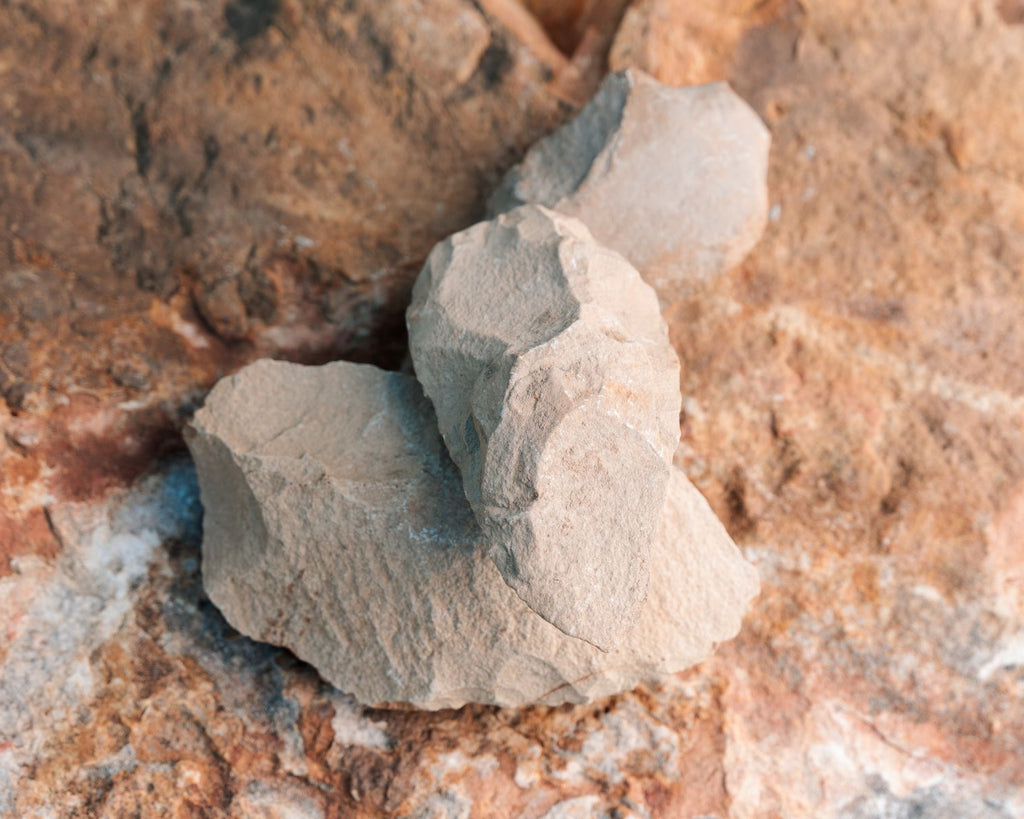
Our History Rocks! The Stellenzicht Acheulean Hand Axes

What makes Acheulean hand axes unique?
Why are Acheulean hand axes important?
These tools played a significant role in early human survival, serving as versatile implements for hunting, butchering, and processing food. They also represent a leap in cognitive development, showcasing the ability of early humans to plan, innovate, and create complex tools.
Stellenzicht farm's connection to Acheulean hand axes
Acheulean hand axes are an integral part of the Stellenzicht story. At Stellenzicht farm, Acheulean hand axes have been discovered in the surrounding area, shedding light on the rich history of human occupation in the region. These artifacts provide a glimpse into the lives of early inhabitants and their resourcefulness in adapting to their environment.
When the farm was revived by its new owner in 2017, Stellenzicht looked at what made its story unique but still part of its rich story and history. When sharp, stone objects were found scattered around the farm with no real explanation, we took a deep dive.
When we took a look at the original title deed for the Stellenzicht farm, it was noted that it was, “not good for crops, only cattle, too many rocks”, we realised that our unique soil and terroir is what makes our wines special, that the soil we have is actually perfect for our vines and the sharp rocky objects found on the farm are prehistoric tools made in the stone age by early humans. Thus, the Acheulean Range was born. Our flagship range, paying homage to our ancient heritage and the footprints that early humans left on our farm.
The Acheulean Range
The symmetry of Acheulean hand axes suggests that our early ancestors had a sense of aesthetics and an understanding of balance.
Our flagship range, Acheulean, was named after these prehistoric tools not just for their indication of ancient, rich soils but for their representation of balance brought back to the land over time.


